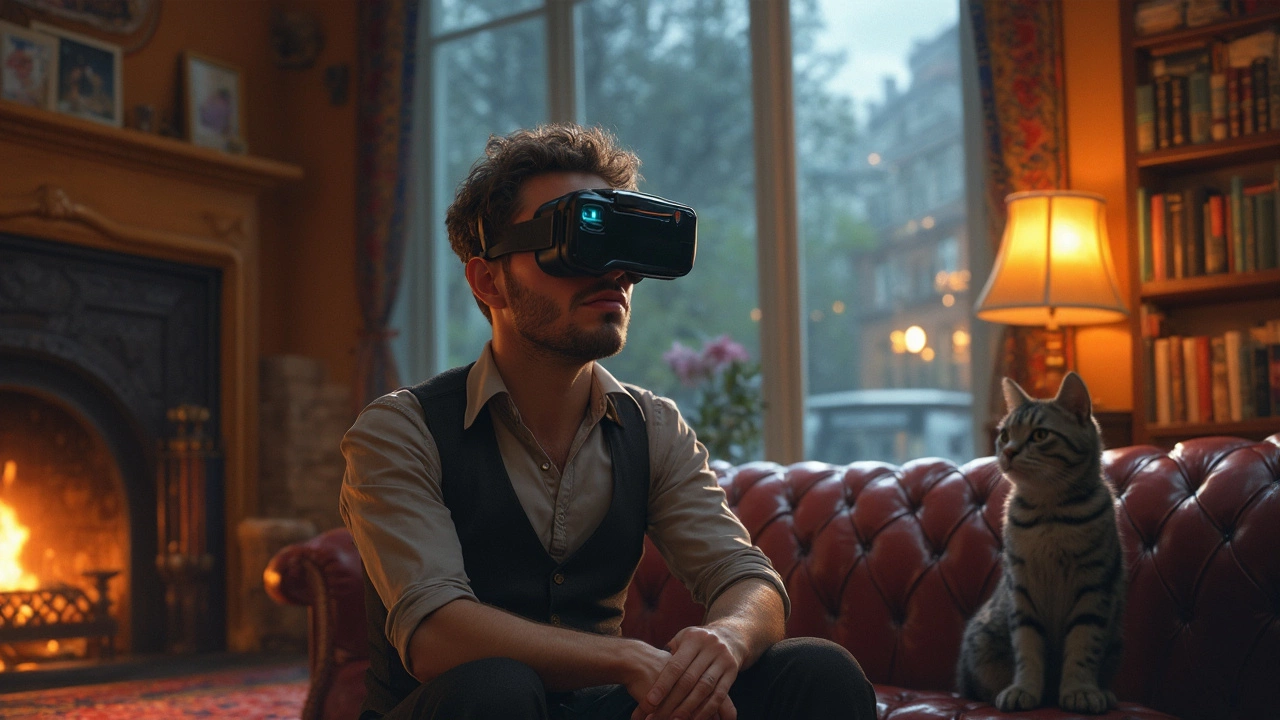VR Glasses: What to Buy, How to Use Them Safely, and Why They’re Perfect for Events
If you’re thinking about adding a VR experience to your next party or just want a new way to game at home, the right VR glasses make all the difference. In 2025 the market is packed with options, from budget headsets that hook up to a phone to premium rigs that need a powerful PC. Below we break down the key things you need to know before you click ‘add to basket’.
Choosing the Right VR Glasses for Your Needs
First, decide where you’ll use them. If you only need a headset for casual fun at a family gathering, a standalone unit like the Meta Quest 3 or the Pico 4 is a solid choice. They run on built‑in batteries, need no wires, and cost between £250‑£400. For a more immersive setup at a corporate event or a large wedding, a PC‑tethered model such as the Valve Index or HP Reverb G2 provides higher resolution and smoother motion, but you’ll need a decent laptop or desktop and a budget of £800‑£1,200.
Next, check the field of view (FOV) and refresh rate. A wider FOV (around 110°) makes the experience feel less like looking through a box, while a refresh rate of 90 Hz or higher reduces motion sickness. Most mid‑range headsets now hit these marks, so you don’t have to splurge to get comfort.
Safety First: How to Avoid Common VR Mistakes
VR can be a blast, but it’s easy to run into pitfalls if you’re not careful. The biggest issue is motion sickness, which often comes from a low refresh rate or mismatched head tracking. Take breaks every 20‑30 minutes and keep the play area clear of obstacles. If you have a history of migraines or epilepsy, talk to a doctor before diving in.
Another mistake is ignoring hygiene. When you share glasses at events, use disposable face covers or clean the lenses with a microfiber cloth after each session. This keeps the experience pleasant for everyone and prevents the spread of germs.
Finally, watch your surroundings. VR blinds you to the real world, so set up a safe zone with padded mats or carpet. For event spaces, a simple rope or tape can mark the boundaries and keep guests from tripping.
Now that you know what to look for and how to stay safe, here are three top picks for 2025:
- Meta Quest 3 – Best all‑rounder for parties, easy to set up, and rich library of games.
- Valve Index – Ideal for high‑end corporate demos, excellent tracking, premium feel.
- Pico 4 – Budget friendly, good battery life, works well for short event demos.
All three models support multiplayer experiences, so you can turn a boring waiting area into a virtual arena. Imagine guests racing each other in a futuristic track while they wait for their dinner – that’s the kind of wow factor we love to create at Middlesex Marquees events.
When budgeting, remember that the headset is just part of the cost. You’ll also need controllers (usually bundled), a charging station, and possibly a PC or external sensors. Adding all these up, a solid event setup runs about £1,000‑£1,500, which can be split across multiple events or rented out to clients.
In short, pick a headset that matches the space, keep safety steps front‑and‑center, and think about how VR can boost the fun factor at your next gathering. With the right glasses, you’ll give guests a memory they’ll talk about long after the party ends.
